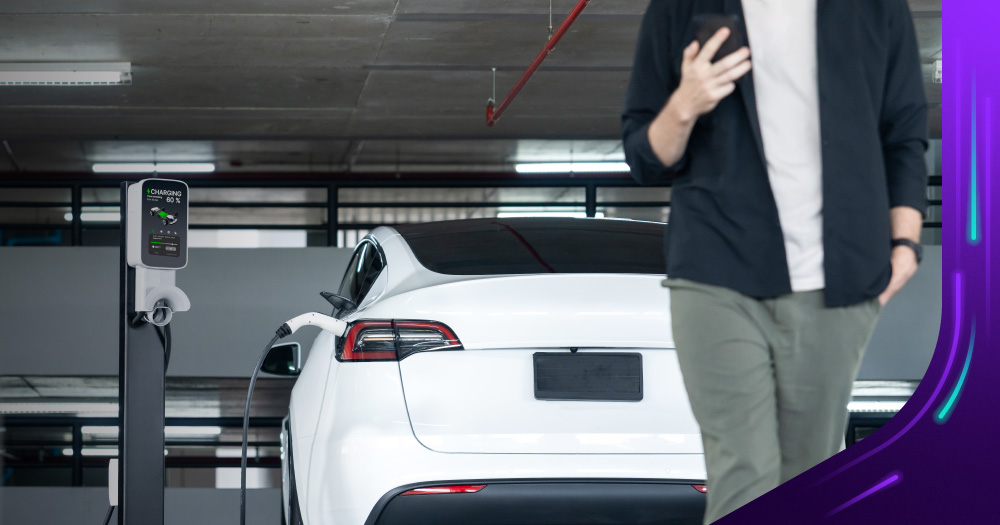Jessica Venning-Bryan | 16 January 2024


Recently I’ve had a number of meetings and been to a series of events where conversations have turned to the end customer. Specifically, as the sector becomes increasingly focused on the energy transition and how easy it can be to lose sight of what the end customer actually wants.
Energy experts can get very tied up debating the merits of VPP vs PPA, prophesying on EV uptake and the infrastructure investment needed to support it, and voicing their different opinions on the right balance of different renewables for grid stability. And yes, all of this matters. But what also matters is how customers engage with their energy purchases (or not).
A recent report by Bain & Company cites that 55% of energy executives struggle to identify strong ROI for scaling up low carbon businesses, partly because customers are not willing to pay more for clean energy. Ultimately, the users of energy are people, whether they are business leaders or householders. As an industry we need to make it easy for end users to electrify their assets and be efficient in their use of energy. But, it must also make economic sense to do so. Afterall, until recent years, energy has been largely viewed as a commoditised utility, therefore asking end users to pay more for something that has had a perception of little differentiation is a bit of an uphill task.
With this in mind, it’s important that the products and services energy retailers design, and how they operationalise them, is customer centric. Back in 2020 McKinsey reported that Covid accelerated digital adoption by several years and that consumers now prefer online interactions. And according to Salesforce’s State of the Connected Customer report, 84% of customers say the experience a company provides is as important as its products and services. But possibly one of the biggest challenges the energy sector faces is the ‘knowledge-action gap’ and ‘status quo bias’ of consumers. According to a recent article by The Organisation for Economic Co-operation and Development (OECD), “A range of structural and psychological barriers make it hard for consumers to change their level of energy consumption. There is often a significant discrepancy between consumers’ knowledge, values, and intentions, and their observable energy behaviour”.
What I take from this is that the experience of purchasing and consuming energy must enable and empower end customers to understand and change their behaviour. And the process to do so must be seamless and easy.
From my perspective in talking to energy sellers every day, sometimes it’s the simplest things that make the biggest difference, whereas other times it is complex solutions delivered simply.
As Richard Branson famously said: “Any fool can make something complicated. It is hard to keep things simple.” At times I do worry that as an industry, and as we grapple with the energy transition, we sometimes make things too complicated. Take buying software for example - when energy companies make software choices, it doesn’t have to be a big bang, multi-year, high risk project. In my experience, a software solution to a single problem that integrates easily into your stack can have far greater impact… perhaps a topic for another day!
Nic Kennedy, our CEO recently wrote that we need to collaborate as an ecosystem of organisations to work together to solve energy problems. If together we stay focused on end customers and adding value for them, we will have a far greater chance of success in changing how energy is created and consumed.
At Flux we believe in solving one problem at a time. Or put another way, creating value incrementally. And this is how we need to take the users of energy on the decarbonisation journey - one step after another with solutions that solve their problems and create real value for them. Perhaps one step at a time is also how you view your energy transition? If this sounds like a good approach, reach out to our team for a conversation on how we can help mobilise your vision of the future of energy.

Sign up for the latest updates in technology, changes, regulations, and new energy products from Flux.